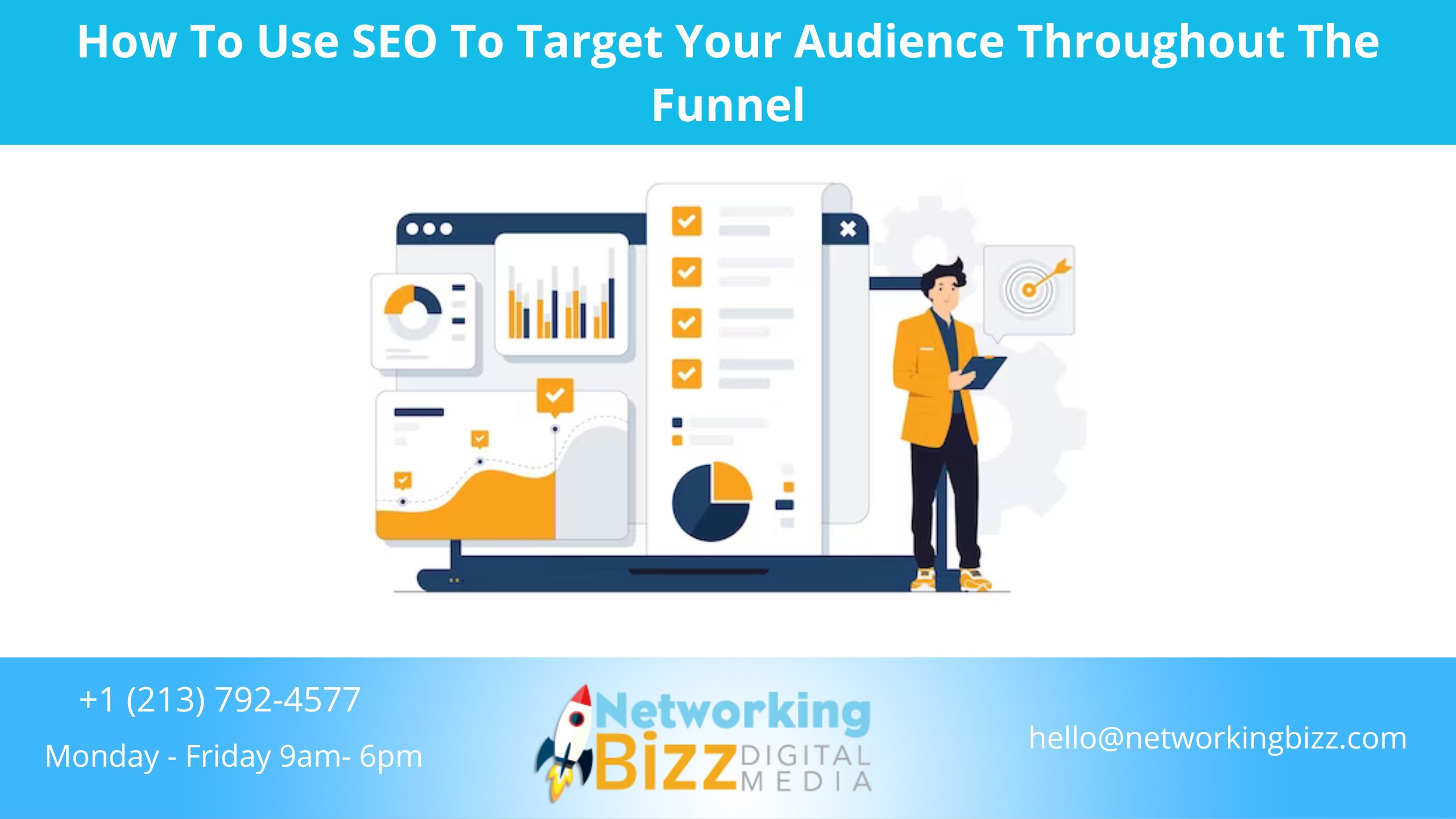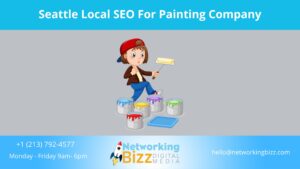Understanding the marketing funnel or customer journey is critical to effective SEO efforts. It means being able to map user intent, keywords, and content properly.
The marketing funnel, otherwise known as the sales funnel or customer journey, is a path or way that potential customers take that contains stages from initial awareness of a product or service to making a purchase decision.
A lot of SEO tactics, investment, and efforts can be wasted without fully defining and understanding the customer journey or marketing funnel for businesses.
I’ve seen it way too many times, and talk a lot about the importance of having a defined and objective plan for SEO.
Regardless of how new or established your brand or organization is – or where you are in your efforts – it is always a worthy exercise to go through on a regular basis.
Customer behaviors change, competitors change, and even your own organization can have changes in goals and objectives that may impact your marketing funnel that you’ll want to map your efforts to.
Stages Of The Marketing Funnel
Before I get into the SEO audience targeting to the funnel, let me take a moment and recap how I define the stages of the funnel:
Top Of The Funnel
At the top of the funnel, the main goal is to create awareness for your target audience.
Potential customers become aware of your brand, product, or service through various channels, such as advertising, social media, content marketing, and word-of-mouth referrals.
Keep in mind that this stage should be informational and educational, aimed at addressing the needs of your audience rather than directly promoting products.
Middle Of The Funnel
In the middle of the funnel, individuals have now shown interest in your product or service and are actively seeking more information.
They might do this in the form of engaging with your content in a more valuable way, signing up for newsletters, following your social media accounts, or exploring product pages on your website.
In this stage of the funnel, your content should focus on detailed information about your products or services, including benefits, features, and how they address specific customer needs.
Bottom Of The Funnel
In the final stage of the funnel, users are evaluating their options to make informed decisions on whether or not to make a purchase.
They may compare what you offer with those of competitors by reading reviews and seeking reassurance to ensure that your offer is the right choice for them.
It’s important that you provide these individuals with content that builds trust and loyalty to your brand, driving them toward converting and leaving a positive, lasting impression.
Aligning Your SEO Efforts To The Funnel
By aligning your SEO strategy with the user’s search intent at each stage of the marketing funnel, you are able to deliver the right content to the right audience at the right time.
Understanding Search Intent
The most commonly accepted search intents are informational, navigational, commercial, and transactional.
SEO is intrinsically tied to understanding user intent and delivering content that speaks to your audience’s needs.
When we have the right content for the wrong moment, or vice versa, we spend a lot of time and effort on lower-than-ideal conversion opportunities.
Below, I’ll detail how search intent can vary by stage of the marketing funnel:
Awareness Stage
At the top of the funnel, search intent is typically informational.
Users are searching for information or answers to questions in the form of educational or insightful content. Searches often include who, what, when, where, why, and how.
To target top-of-the-funnel users, I recommend that you:
- Identify relevant keywords and phrases that your target audience might use when searching for information related to your industry, products, or services. The keywords you use should focus on broader, informational keywords.
- Develop high-quality, informative, and engaging content that addresses the key components, questions, and interests of your target audience. This can include blog posts, infographics, videos, and social media content.
- Target keywords that often trigger featured snippets in search results. These can help you gain more visibility and establish authority.
Consideration Stage
As your audience enters the consideration phase, their intent shifts towards commercial and transactional. They intend to make a decision on a product or service at some point and are evaluating options.
In order to reach mid-funnel searchers, you should:
- Start targeting more specific and long-tail keywords that indicate user intent to learn more or make a decision. These keywords often include terms like “best,” “reviews,” “comparison,” or “how to choose.”
- Develop comprehensive guides, product reviews, and comparison articles that provide valuable insights and help users make informed decisions.
- Create location-specific content using keywords based on location to drive people to your physical location, if applicable. Local SEO can help drive people to your location over a nearby competitor’s.
Conversion Stage
Finally, we reach the conversion stage, where users have navigational and transactional intent.
They know what they want and may even be searching for your specific brand or product.
Pay attention to navigational and transactional keywords that often include brand names, product names, or specific action-related phrases like “buy,” “order,” “sign up,” or “contact.”
In order to reach bottom-funnel users, you need to:
- Optimize product pages and service descriptions to target keywords that signal user intent to purchase, such as “buy,” “order,” “discount,” or “pricing.”
- Use schema markup to provide rich product information in search results, making it easier for users to compare and decide.
Bonus: Tools for Tracking
Google Analytics 4
GA4 is a tracking tool that provides comprehensive insights into website traffic, user behavior, and conversions.
Utilize it to track where users are landing on your site, how they are engaging with your content, and the paths they are taking prior to converting.
We recommend setting up goals and funnels in order to measure specific events, such as form starts and form completions.
Google Search Console
Search Console provides valuable data insights to track search queries and page performance.
You can use it to monitor what keywords are driving traffic to what pages using core KPIs like clicks, impressions, and click-through rate.
Search Console’s reports are also an invaluable resource for learning how Google is crawling and indexing your site, as well as discovering any Core Web Vitals issues.
Keyword Research Tools
You can use SEO tools like Semrush, Ahrefs, and Moz to help you discover and track keywords for SEO specifically.
All of these tools allow you to identify the intent of a specific keyword, as well as the estimated search volume and ranking difficulty of the keyword.
Conclusion
Knowing your marketing funnel and mapping your SEO focus to the user intents at each phase is critical. SEO requires a lot of time and effort.
Plus, it can take a matter of time before we see a measurable return on investment (ROI).
The more you know about how you engage prospects, move them through the funnel, and with an ongoing optimization process, you can minimize wasted tactics that don’t produce results.




